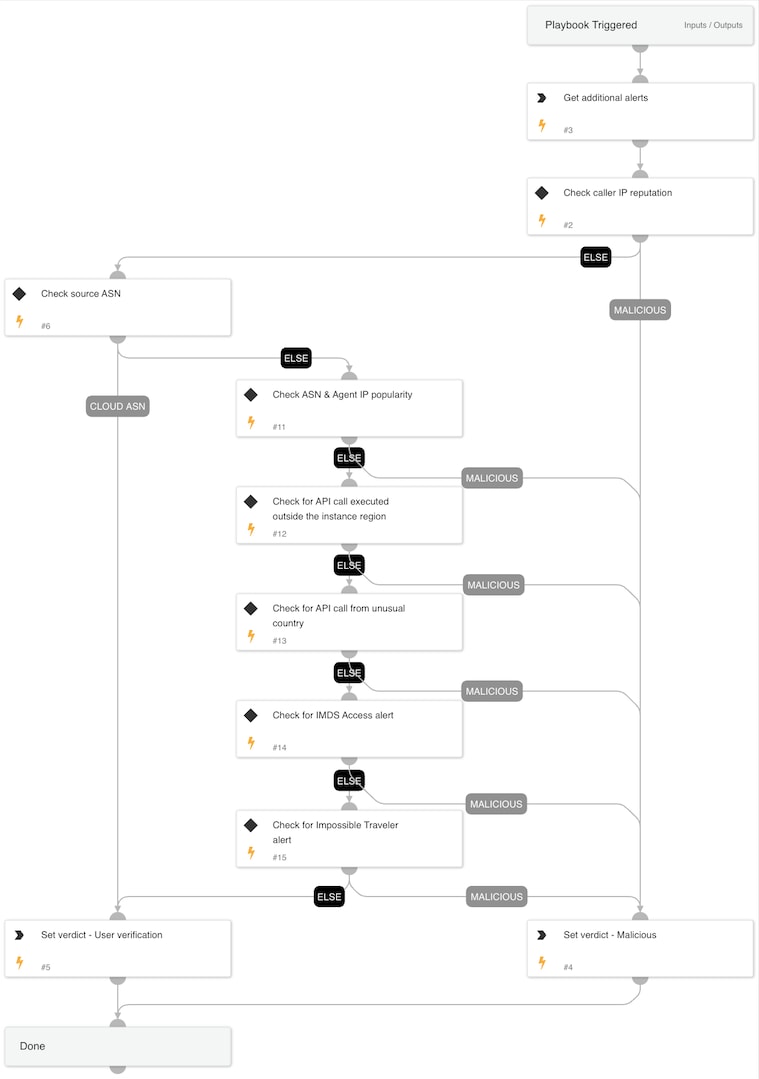The Rising Threat of Cloud Token Theft
Cloud computing's scalability, adaptability, and cost-efficiency have seen businesses increasingly utilize these services. Nevertheless, with the growth of cloud services come new security risks. Among these issues, cloud token theft is gaining prominence. This article elaborates on cloud token theft, its risks, and how organizations can detect and counter these security threats.
Understanding Cloud Token Theft
Cloud token theft is the unauthorized access and misuse of access tokens of the victim’s cloud infrastructure. These tokens are vital for authenticating and authorizing users, applications, and services to access cloud resources. If compromised, these tokens serve as digital passes, giving malicious actors significant control.
Potential Risks of Cloud Token Theft
When malevolent actors take possession of cloud access tokens, they can impersonate legitimate users or services, leading to severe implications:
- Unauthorized Access: Malicious actors can bypass authentication procedures, gaining unauthorized entry to sensitive cloud resources such as databases, storage units, or virtual machines.
- Data Breaches: Compromised access tokens can provide attackers access to sensitive data, including customer information, intellectual property, or financial records.
- Misuse of Infrastructure: Attackers can exploit compromised tokens to initiate further attacks within the cloud environment, including launching malicious instances or the execution of unauthorized operations.
Strategies to Mitigate Cloud Token Theft Risks
To tackle the growing risks linked to cloud token theft and limit its effects, organizations should consider implementing the following safety measures:
- Multi-Factor Authentication (MFA): Implement MFA across all users and applications interacting with cloud resources. Combining diverse authentication mechanisms like passwords, biometric data, or tokens can substantially curtail the potential of unauthorized intrusion.
- Token Rotation: Institute a regular token rotation protocol, guaranteeing that access tokens have a restricted lifespan. By consistently rotating tokens, cybercriminals' likelihood of misusing stolen or compromised tokens can be minimized.
- Least Privilege Principle: Uphold the least privilege principle by allotting users and services only the requisite permissions for their respective tasks. This practice can help confine the possible repercussions of token theft.
- Monitoring and Anomaly Detection: Establish monitoring and anomaly detection frameworks to pinpoint unusual token activities or anomalous behavior within the cloud environment. Employ security information and event management (SIEM) such as Cortex XSIAM tools or inherent cloud security solutions such as Prisma Cloud to enhance visibility.
Cloud Token Theft Response Playbook
The Cloud Token Theft Response playbook (part of the Cloud Incident Response content pack) provides an automated flow for collecting, analyzing, and responding to anomalous token usage activity.
The playbook lays out a structured response and mitigation strategy for dealing with alerts involving the theft of cloud tokens. Its integration with the prominent cloud platforms, AWS, GCP, and Azure, allows organizations to effectively manage security incidents involving their cloud infrastructure.
The playbook begins with a cloud enrichment phase, gathering comprehensive information about the involved resources, such as identities, and IPs. Subsequently, it applies a Verdict Decision Tree, which determines the appropriate verdict based on the findings from the investigation. This is crucial in identifying whether the alert is a false positive or indicative of a genuine security issue.
Early containment measures are immediately implemented through the Cloud Response - Generic playbook to minimize any potential impact.
It then executes the Cloud Persistence Threat Hunting playbook, identifying any cloud persistence techniques that may indicate an ongoing or more sophisticated threat.
The playbook supports this process by conducting specialized hunting for persistence activity in the cloud. It executes hunting queries for each cloud provider related to identity and access management (IAM), compute resources, and compute functions. If relevant events are detected, indicators are extracted using the ExtractIndicators-CloudLogging script, which can process AWS CloudTrail or GCP logging events.
Following threat hunting, the playbook then enriches and responds to these findings, providing valuable information for further analysis and action by the analyst.
One of the main building blocks of the playbook is the Verdict Decision playbook. The playbook is based on a predefined logic that correlates XDR alerts and XSOAR enrichment based on the following decision tree: (figure 1)

If you want to dive deeper into how the playbook works and how to set it up, check out the official documentation.
Final Notes
As cloud technologies evolve, the threat of cloud token theft grows, posing significant business risks. Companies can efficiently safeguard their digital assets by implementing preventive solid measures and leveraging tools like the Cloud Token Theft Response playbook. Keep alert, be proactive, and ensure your cloud environment's security is always prioritized. Your cloud tokens are not just keys to your digital space but to your business's future.
For more information on the Cloud Token Theft Response playbook and other XSOAR packs and playbooks, visit our Cortex XSOAR Developer Docs reference page.
To learn more about cloud token theft attacks, read our other article, Compromised Cloud Compute Credentials: Case Studies From the Wild.
Join our Hands-on Workshops to get some hands-on experience and see this playbook, as well as others in action!